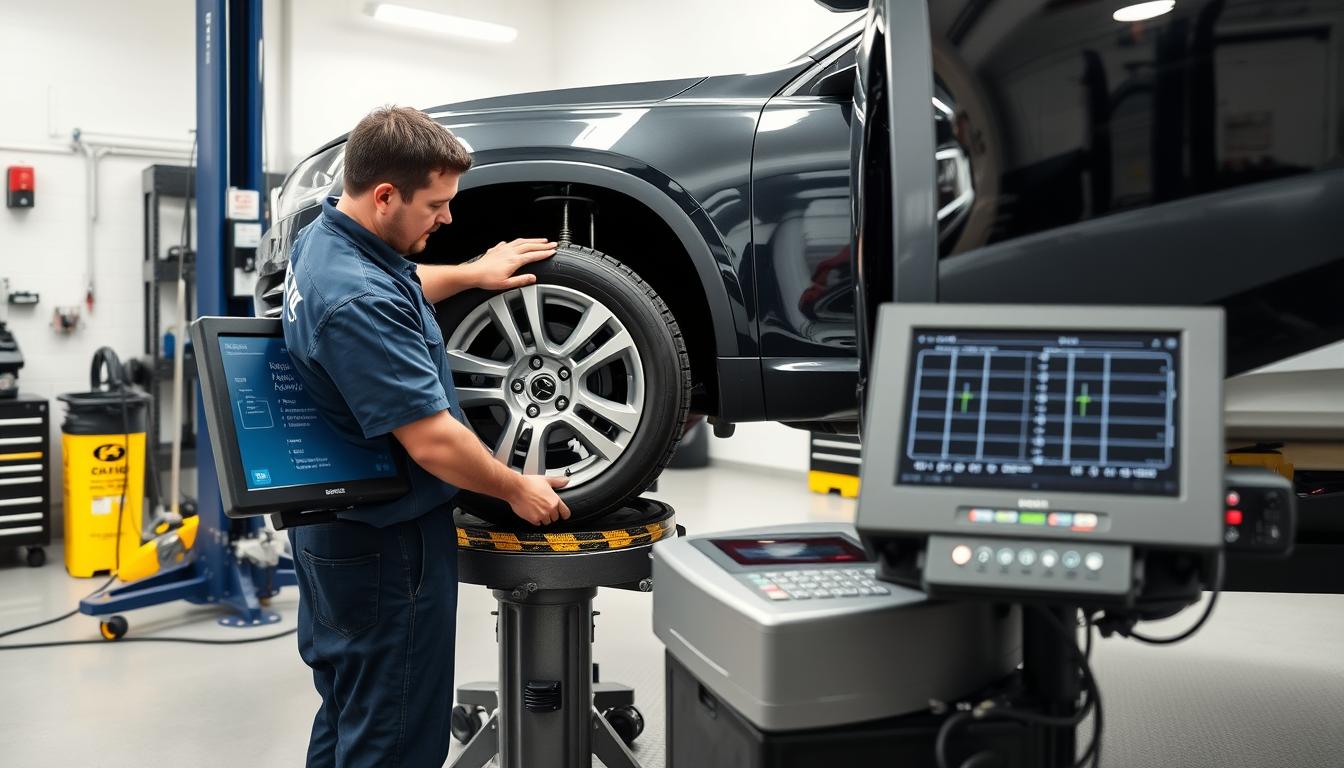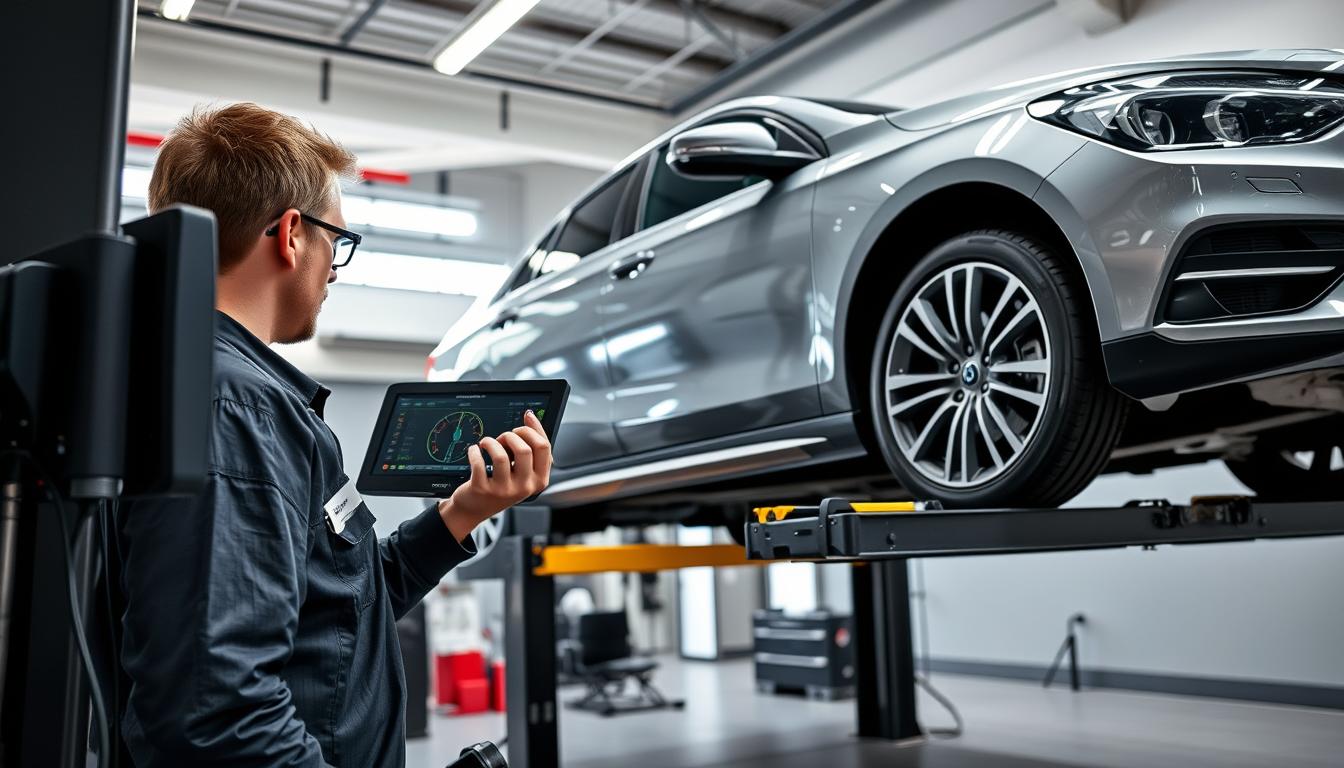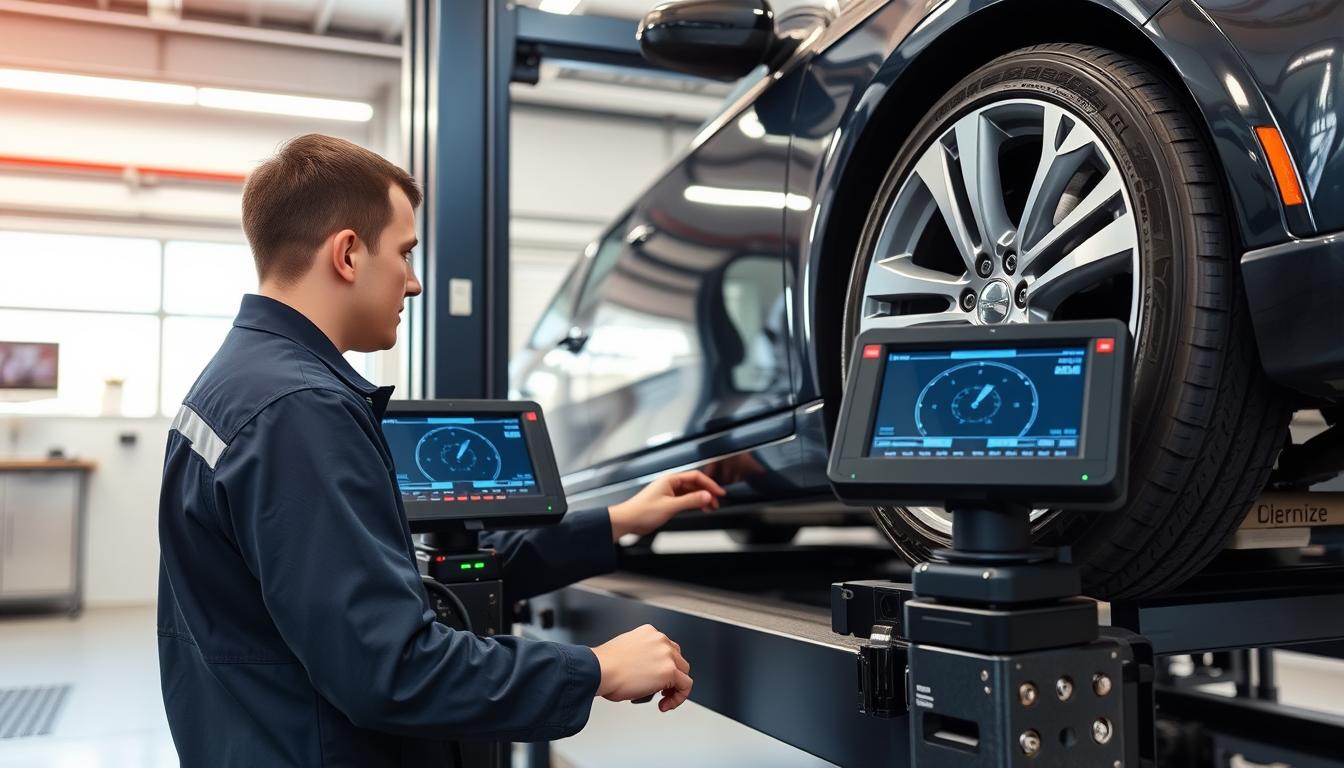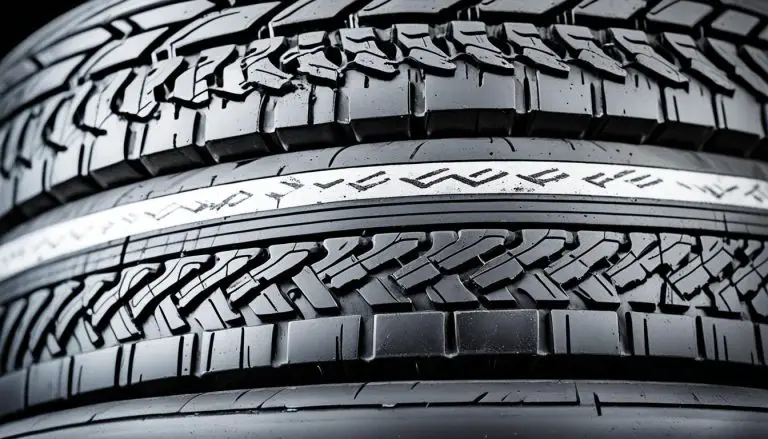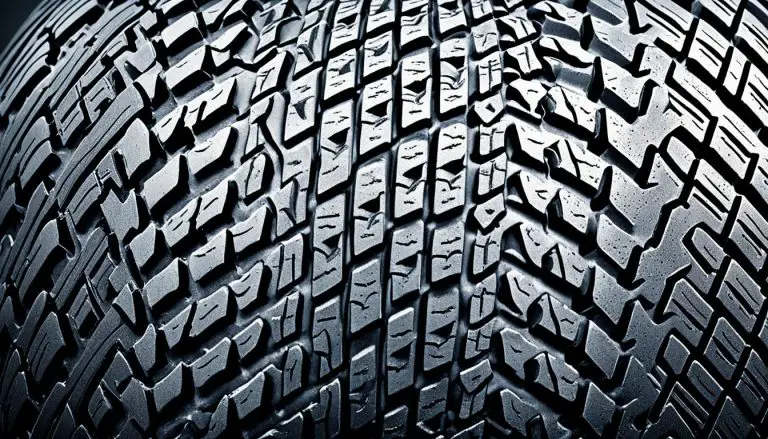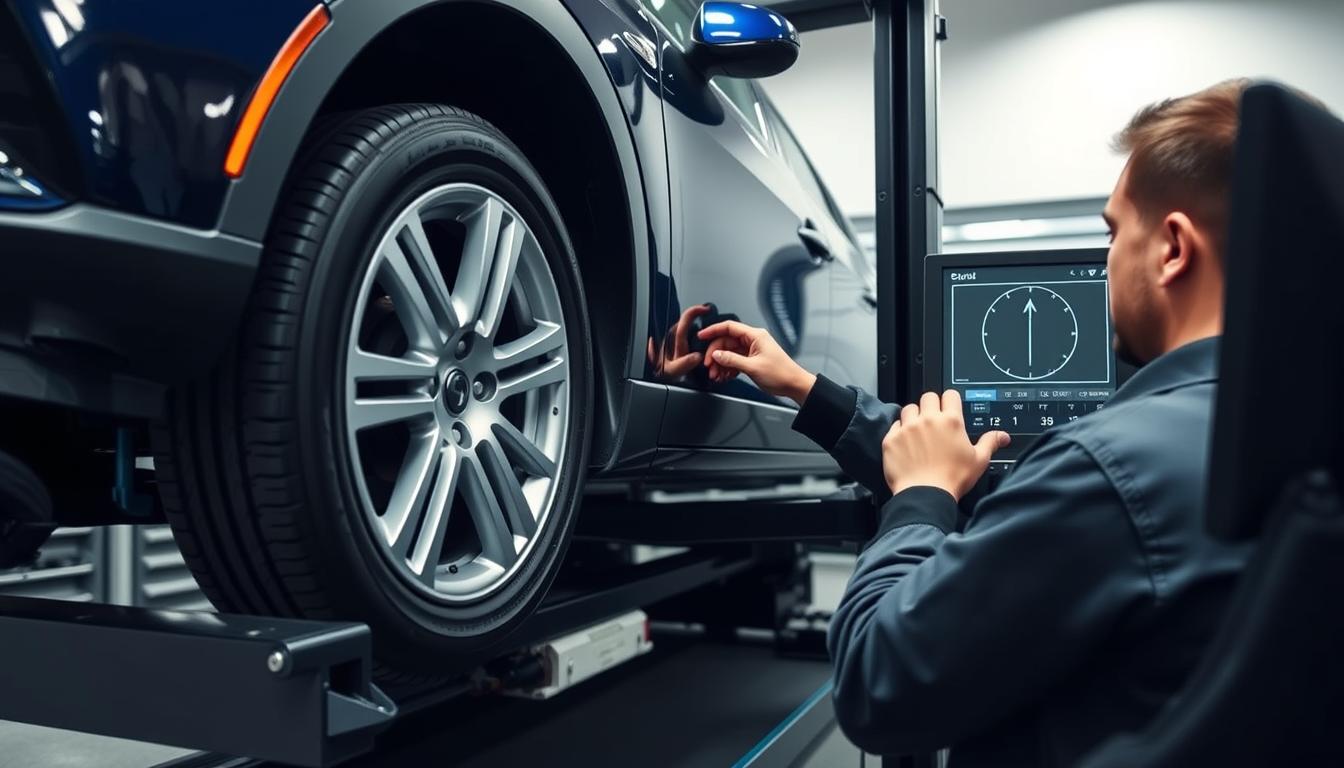
Proper wheel alignment is essential for your vehicle’s handling, tire longevity, and fuel efficiency. In 2025, the cost of car wheel alignment services varies widely based on several factors, including your vehicle type, alignment method, and where you get the service done. Whether you’re experiencing uneven tire wear, your vehicle pulling to one side, or just planning routine maintenance, understanding alignment costs helps you budget appropriately and avoid overpaying.
This comprehensive guide breaks down the average car alignment cost in 2025, explains what influences pricing, and helps you determine when this service is truly necessary for your vehicle.
What Is a Wheel Alignment?
Modern wheel alignment uses computerized equipment to precisely adjust suspension angles
A wheel alignment is a service that adjusts your vehicle’s suspension system—not the tires or wheels themselves. The procedure ensures all wheels are perpendicular to the ground and parallel to each other, optimizing how your tires contact the road surface.
During an alignment, technicians adjust three primary angles:
- Camber: The inward or outward tilt of the tire when viewed from the front
- Caster: The angle of the steering axis when viewed from the side
- Toe: The direction your tires point relative to the vehicle’s centerline
It’s important to note that wheel alignment differs from tire balancing. While alignment adjusts suspension angles, balancing corrects weight distribution around the tire and wheel assembly. Both services are important but address different issues.
Other terms you might hear include auto alignment, vehicle alignment, or suspension alignment—all referring to the same essential service.
Average Car Alignment Cost in 2025
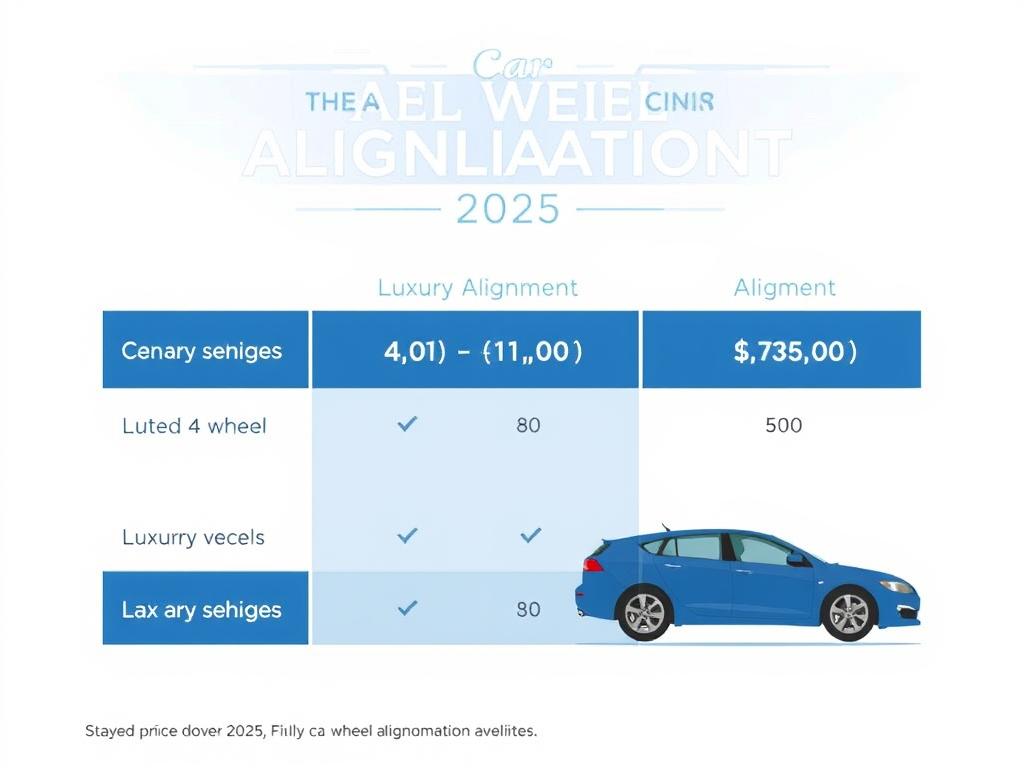
Alignment costs in 2025 vary based on several factors, but understanding the average price ranges helps you budget appropriately and recognize fair pricing.
| Type of Alignment | Average Cost (USD) | Price Range | Best For |
| Front-End (2-Wheel) | $50 – $85 | $40 – $100 | Older vehicles, front-wheel drive cars |
| 4-Wheel Alignment | $80 – $120 | $70 – $150 | Modern vehicles, AWD/4WD |
| Luxury/Sports Cars | $150 – $200 | $120 – $250 | Performance vehicles, complex suspensions |
These prices reflect the average cost of wheel alignment across the United States in 2025. Your actual cost may vary based on your location, the shop you choose, and your specific vehicle requirements.
Need to find alignment services near you?
Compare wheel alignment prices from certified shops in your area.
Factors That Affect Alignment Price
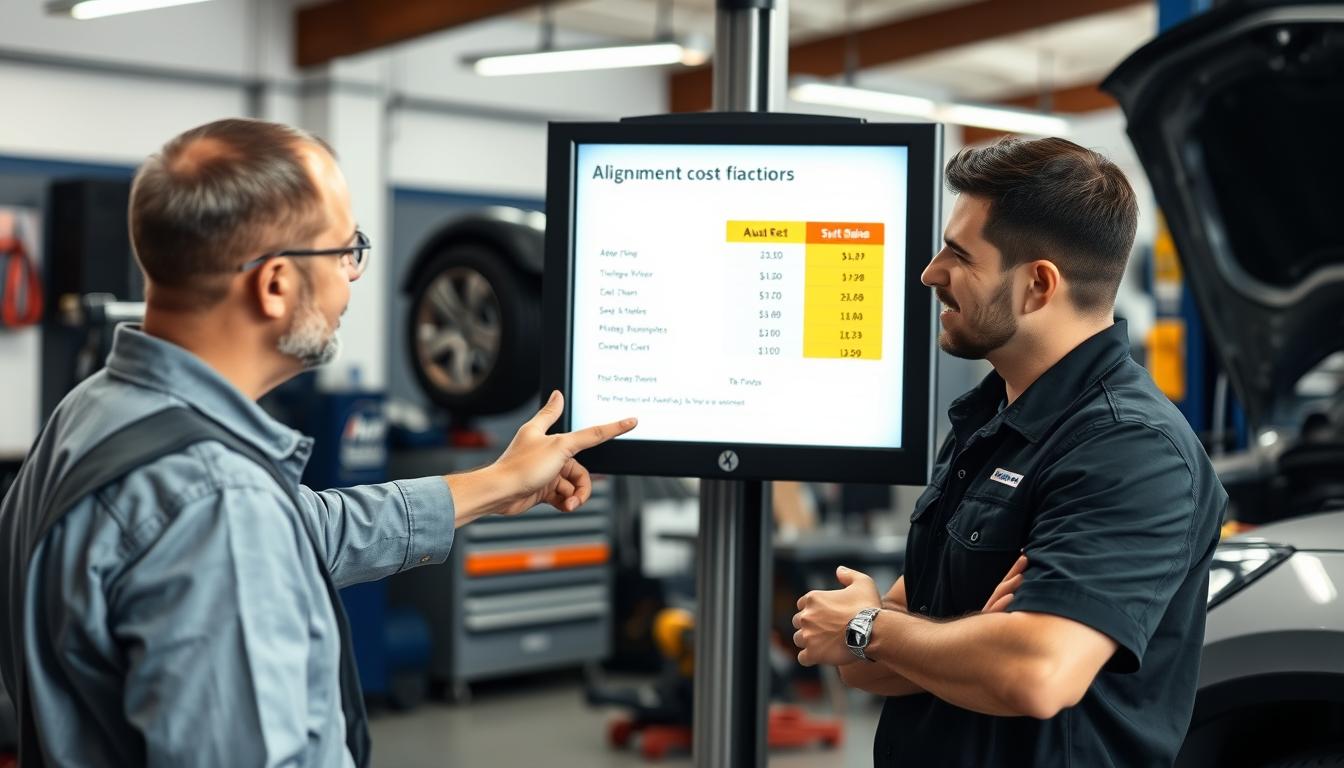
Understanding what influences the cost of wheel alignment helps you make informed decisions and potentially save money. Here are the key factors that affect alignment pricing in 2025:
Vehicle Type & Size
Different vehicles require different alignment procedures:
- Sedans and compact cars: Generally the least expensive ($50-$100)
- SUVs and crossovers: Slightly higher costs due to size and weight ($70-$120)
- Trucks: Often require specialized equipment ($80-$150)
- Luxury and performance vehicles: Highest costs due to complex suspension systems ($120-$250)
Suspension Condition
If your vehicle has worn or damaged suspension components, these will need to be replaced before an effective alignment can be performed. Common parts that affect alignment include:
- Ball joints ($150-$400 to replace)
- Tie rod ends ($80-$250 to replace)
- Control arms ($200-$650 to replace)
- Struts or shocks ($200-$1,500 to replace)
These additional repairs can significantly increase your total cost beyond the basic alignment service.
Type of Alignment
As shown in our pricing table, the type of alignment you need affects the cost:
- Front-end alignment: Less expensive but only addresses the front wheels
- Four-wheel alignment: More comprehensive and recommended for most modern vehicles
- Thrust alignment: A specialized type for vehicles with solid rear axles
Shop & Location
Where you get your alignment done significantly impacts pricing:
- Dealerships: Typically most expensive ($100-$200+)
- Chain auto shops: Mid-range pricing with frequent promotions ($70-$120)
- Independent mechanics: Often most affordable ($50-$100)
- Urban vs. rural areas: Prices tend to be higher in major cities
Front-End vs 4-Wheel Alignment Costs
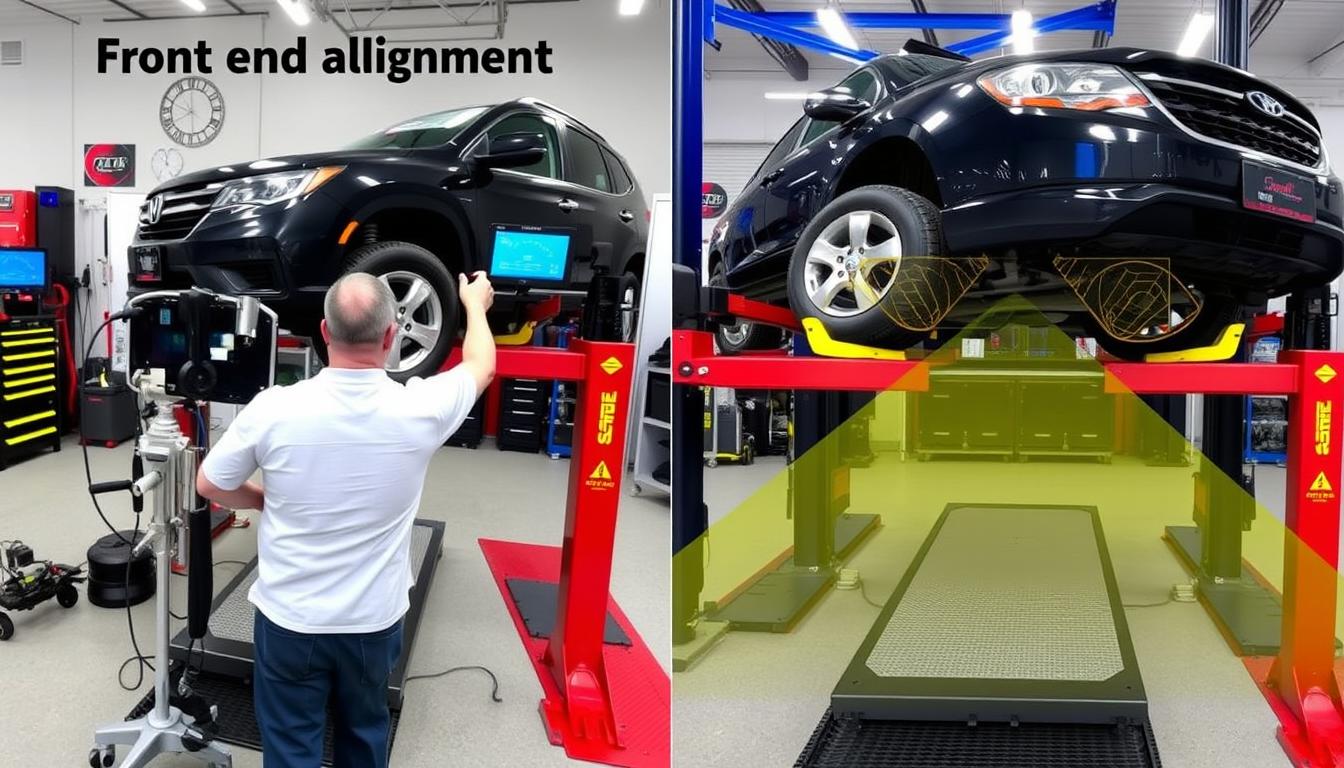
Front-End Alignment
Average Cost: $50-$85
Front-end alignment (also called two-wheel alignment) adjusts only the front wheels of your vehicle. This service is typically sufficient for older vehicles with non-adjustable rear suspensions or solid rear axles.
Best for:
- Older vehicles (pre-2000)
- Vehicles with solid rear axles
- Front-wheel drive vehicles with non-adjustable rear suspensions
- Budget-conscious drivers with specific front-end issues
4-Wheel Alignment
Average Cost: $80-$120
Four-wheel alignment adjusts all wheels on your vehicle, ensuring they’re properly aligned with each other and the road. This comprehensive service is recommended for most modern vehicles.
Best for:
- Modern vehicles (2000 and newer)
- All-wheel drive (AWD) and four-wheel drive (4WD) vehicles
- Vehicles with independent rear suspensions
- Performance vehicles requiring precise handling
While front-end alignment costs less upfront, a four-wheel alignment often provides better value for most modern vehicles. Many technicians recommend four-wheel alignment even if your vehicle has a solid rear axle, as it ensures all wheels are properly aligned relative to each other.
Is Alignment Worth the Cost?
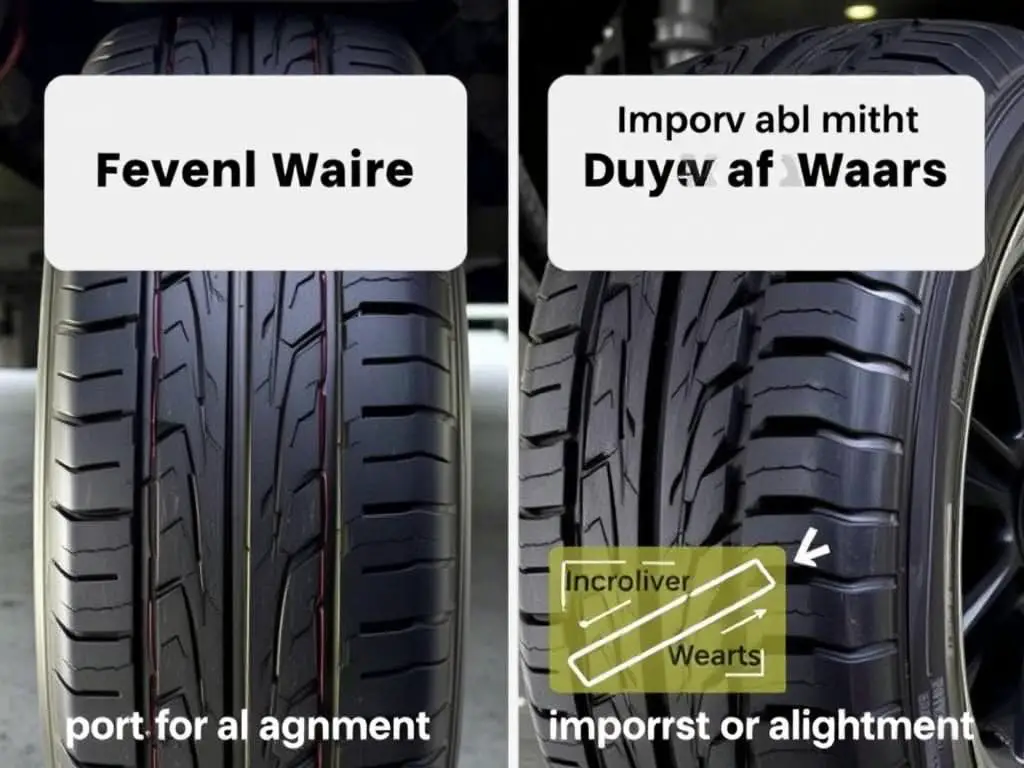
Proper alignment prevents uneven tire wear, extending tire life significantly
When considering the cost of wheel alignment, it’s important to weigh it against the potential expenses of skipping this essential service. Here’s why alignment is typically worth the investment:
Benefits of Proper Alignment
- Extended tire life: Even tire wear can double your tire lifespan, saving $400-$800 on premature replacements
- Improved fuel efficiency: Save 2-3% on fuel costs (approximately $50-$150 annually)
- Enhanced safety: Better handling and control, especially in emergency situations
- Reduced strain on suspension: Prevents premature wear of expensive components
- Smoother ride: Eliminates pulling, vibration, and handling issues
Costs of Neglecting Alignment
- Premature tire replacement: $400-$800+ every 20,000-30,000 miles
- Reduced fuel economy: 2-3% increase in fuel consumption
- Suspension damage: $500-$2,000 in potential repairs
- Handling issues: Compromised safety and driving comfort
- Failed safety inspections: Potential registration issues in some states
When you compare the $50-$120 cost of a typical alignment to the potential savings in tire life, fuel economy, and prevented repairs, the service typically pays for itself many times over.
Protect your tires and improve handling
A proper wheel alignment can save you hundreds in tire costs and improve your vehicle’s performance.
How Often Should You Get an Alignment?
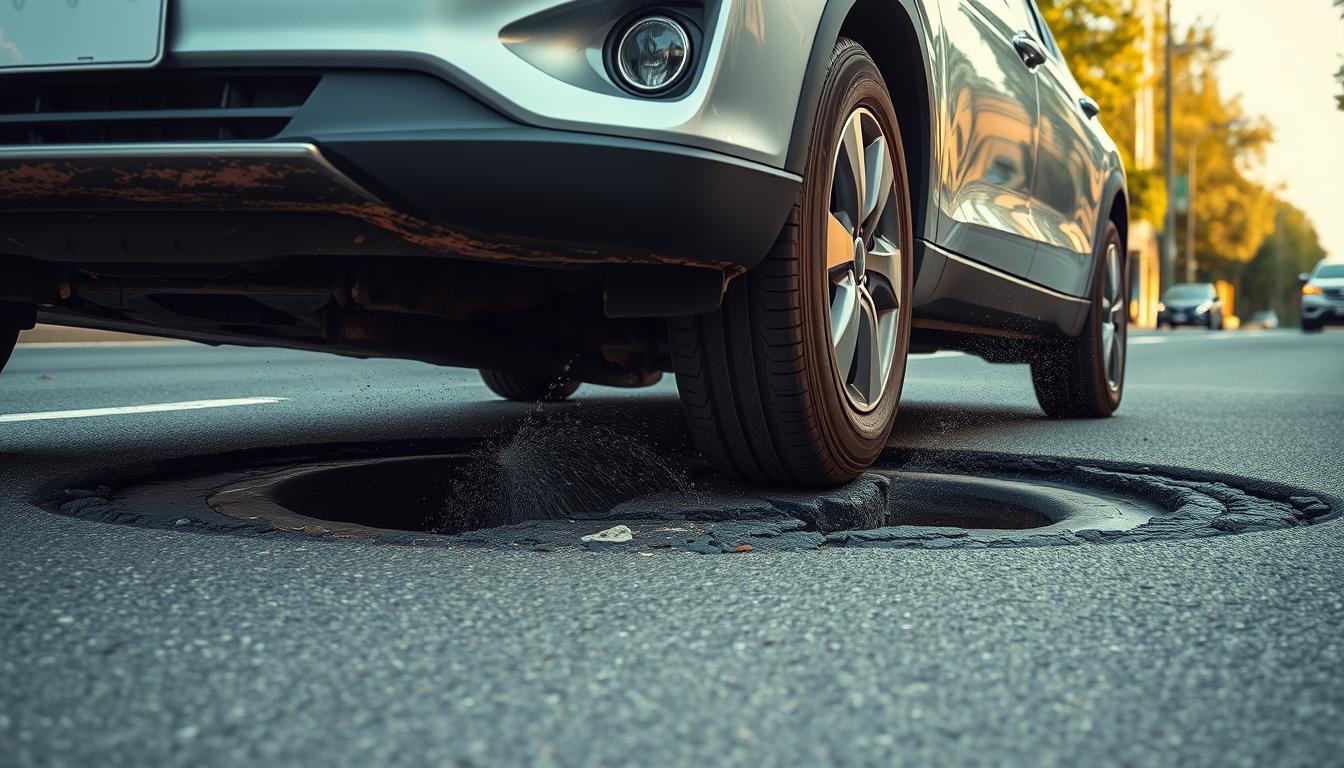
Hitting potholes and road hazards can necessitate more frequent alignments
Most automotive experts recommend checking your wheel alignment every 6,000 to 12,000 miles or at least once per year. However, certain driving conditions and events may require more frequent alignment checks:
Recommended Alignment Schedule
| Driving Conditions | Recommended Frequency |
| Normal driving on well-maintained roads | Every 12,000 miles or annually |
| Frequent driving on rough roads or in areas with many potholes | Every 6,000 miles or twice yearly |
| Performance or sports vehicles | Every 5,000-7,000 miles |
| After hitting a major pothole, curb, or road debris | Immediate check recommended |
| After suspension or steering repairs | Alignment required with service |
| When installing new tires | Recommended with installation |
Signs You Need an Alignment
Don’t wait for your scheduled maintenance if you notice these warning signs:
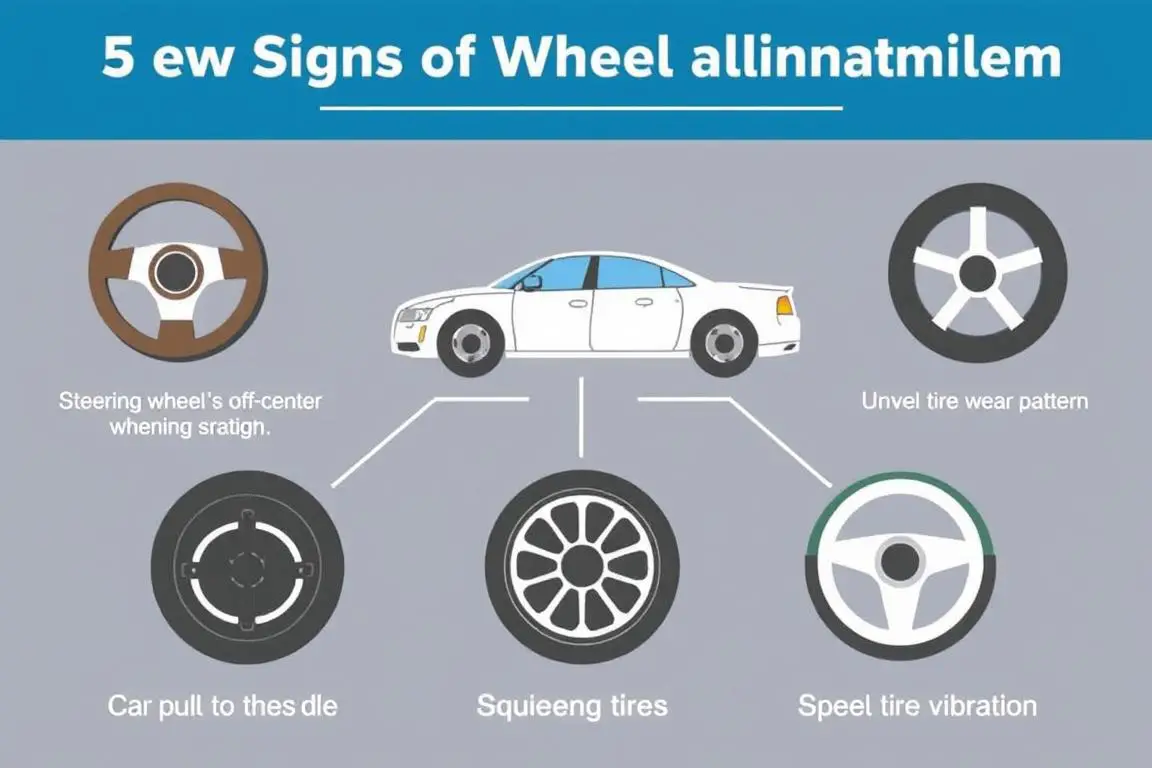
- Vehicle pulling to one side when driving on a straight, level road
- Uneven or rapid tire wear, particularly on the inner or outer edges
- Off-center steering wheel when driving straight
- Steering wheel vibration or looseness
- Squealing tires when making turns
- Crooked steering wheel when driving straight
If you experience any of these symptoms, it’s wise to have your alignment checked promptly, regardless of when your last service was performed. The cost for an alignment now could save you from more expensive repairs later.
Ways to Save on Wheel Alignment

While wheel alignment is an essential service, there are several ways to reduce your costs without compromising quality:
1. Look for Promotions and Coupons
Many national chains and local shops offer regular promotions:
- Seasonal alignment specials (especially spring and fall)
- New customer discounts
- Coupons in local mailers or online
- Email signup promotions from major chains
2. Consider Bundled Services
Combining alignment with other maintenance often results in savings:
- Alignment + tire rotation packages
- Alignment included with new tire purchase
- Seasonal maintenance bundles
- Multi-service discounts
3. Invest in Lifetime Alignment Packages
Several national chains offer lifetime alignment programs:
- One-time fee ($150-$250) for unlimited alignments
- Typically requires service every 6-12 months
- Excellent value for those who keep vehicles long-term
- Especially beneficial for vehicles driven on rough roads
4. Compare Prices Before Committing
Take time to shop around:
- Call multiple shops for quotes
- Ask about price-matching policies
- Check online reviews for quality assurance
- Consider independent shops for better rates
Pro Tip: Many shops offer free alignment checks. Get your alignment inspected before paying for the full service to confirm it’s actually needed.
FAQs About Wheel Alignment Cost

How much does car alignment cost on average in 2025?
In 2025, the average cost for a standard wheel alignment ranges from to 0, with front-end alignments on the lower end (-) and four-wheel alignments on the higher end (-0). Luxury and performance vehicles typically cost more, ranging from 0 to 0 for a complete alignment service.
Is 2-wheel alignment cheaper than 4-wheel alignment?
Yes, a 2-wheel (front-end) alignment is typically – cheaper than a 4-wheel alignment. However, most modern vehicles benefit from a 4-wheel alignment for optimal handling and tire wear. For vehicles with non-adjustable rear suspensions, a front-end alignment may be all that’s necessary.
Does insurance cover wheel alignment?
Standard auto insurance typically doesn’t cover routine wheel alignments as they’re considered regular maintenance. However, if your vehicle requires alignment due to an accident or covered incident, your collision or comprehensive coverage may pay for the alignment as part of the repair process. Check with your insurance provider for specific coverage details.
Is alignment the same as suspension repair?
No, alignment and suspension repair are different services. Alignment adjusts the angles of your wheels to manufacturer specifications, while suspension repair involves fixing or replacing components like struts, shocks, or control arms. However, damaged suspension components often cause alignment issues, and proper alignment usually can’t be achieved until suspension problems are corrected.
Why is my vehicle alignment cost higher than average?
Your alignment cost may be higher than average due to several factors: driving a luxury or performance vehicle with complex suspension systems, needing additional suspension repairs before alignment can be performed, choosing a dealership or premium service center, or living in an area with higher labor rates. Always ask for an itemized estimate to understand exactly what you’re paying for.
Final Thoughts — Car Alignment Prices in 2025

In 2025, the average wheel alignment cost ranges from $75 to $120 for most vehicles, with variations based on alignment type, vehicle specifications, and service location. While it might be tempting to postpone this maintenance service, proper wheel alignment is a worthwhile investment that extends tire life, improves fuel efficiency, and enhances overall driving safety.
When budgeting for alignment services, remember that the upfront cost is typically far less than the long-term expenses of premature tire replacement, reduced fuel economy, and potential suspension damage. For the best value, consider bundled services or lifetime alignment packages if you plan to keep your vehicle for several years.
Regular alignment checks—especially after hitting potholes or curbs—can help you maintain optimal vehicle performance and prevent costly repairs down the road.
Ready to get your wheels aligned?
Find certified alignment specialists in your area who can provide quality service at competitive prices.
